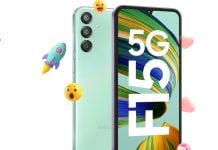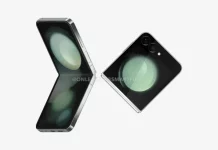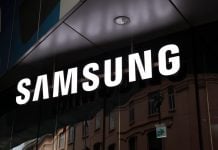Samsung is the forerunner of foldable smartphones. The company just launched Galaxy Z Fold2 a few hours ago as its third foldable device. Ahead of it, news broke out that Samsung Electronics has partnered with Corning to develop its own foldable glass.
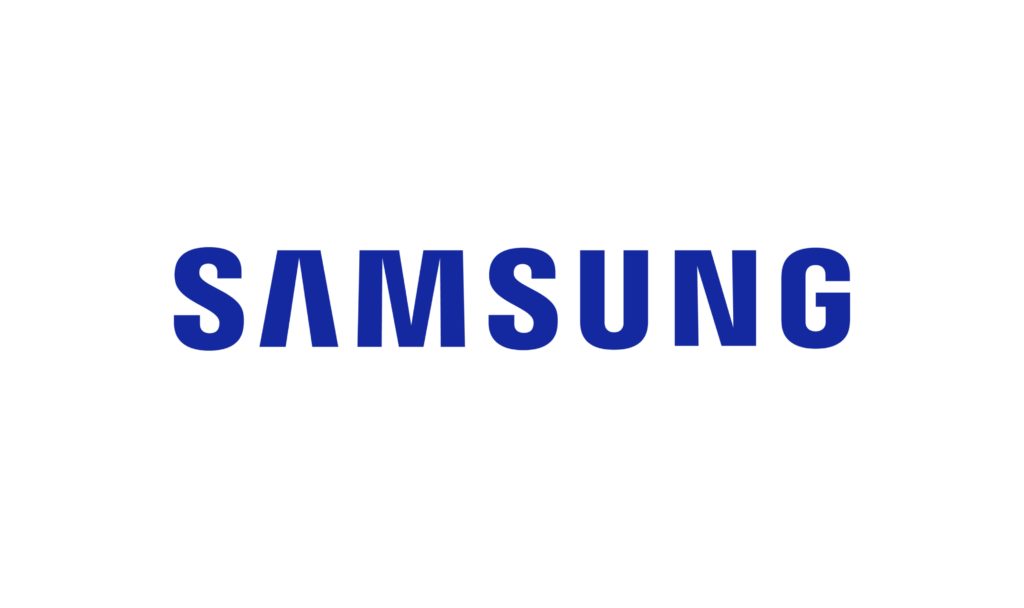
The display, display cover, and hinge are the three main crucial hardware parts of a foldable smartphone. The original Galaxy Fold uses CPI (Colorless Polyimide) as display cover, which is not as durable as UTG (Ultra-Thin Glass) used in the other two devices from the company – Galaxy Z Flip and Galaxy Z Fold2.
For those unaware, Samsung Electronics and Samsung Display are two independent companies. The latter supplies OLED panels for almost all the devices manufactured by former except for the upcoming Galaxy M51.
Samsung Display also supplies UTG for Samsung Electronics, which is manufactured by DOWOO INSYS using glass substrates supplied by SCHOTT AG. Thus, the electronics division of Samsung has to pay a large amount of money for display and display cover supplies.
EDITOR’S PICK: Samsung is working on three foldables, including a model with support for S Pen
Back in April, a report by South Korea’s ETNews stated that Samsung Electronics was looking to manufacture UTG on its own to reduce the overall manufacturing cost of its foldables. That report mentioned that UTG used in Galaxy Z Flip costs $40 per unit compared to $2 for flat glass used in normal smartphones.
This is one of the reasons why foldables are expensive. But that could change in the coming years as Samsung Electronics has successfully joined hands with Corning to develop its own UTG as per a report by the same publication. This news comes after the company had patented three different types of screen covers for foldables, out of which, two of them involves UTG.
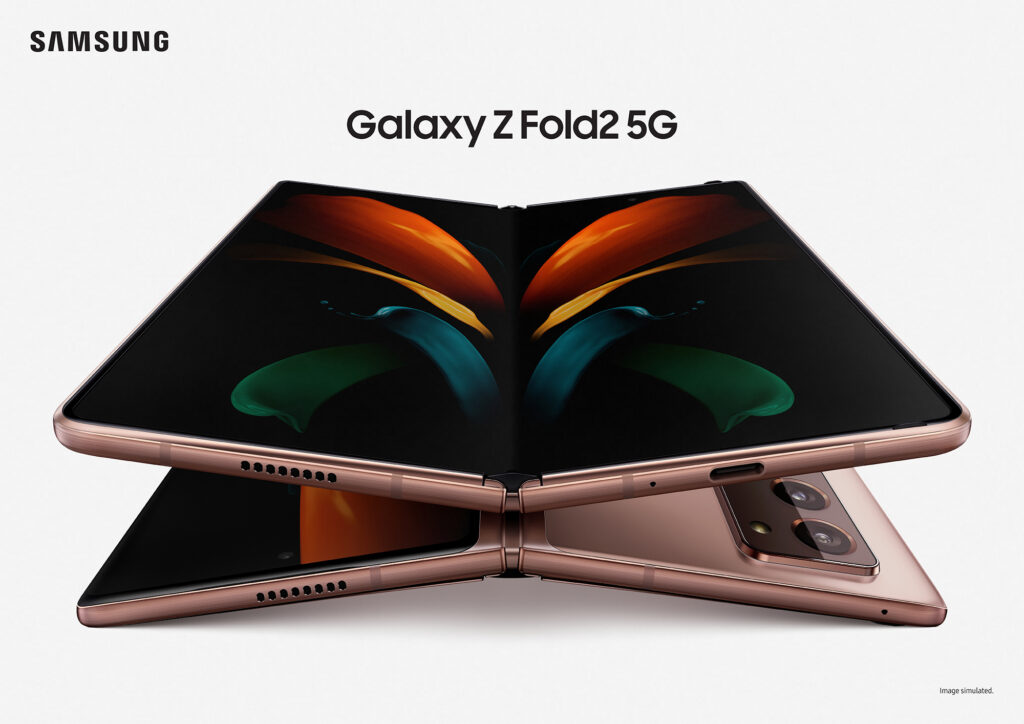
The new report states that “according to the display industry, Samsung Electronics IT & Mobile Communications Business has recently started receiving necessary glass substrates from Corning”.
That means the company will continue to improve its yield in the coming months so that it could be self-reliant as well as competitive to Samsung Display. This will further lead to competition among other glass manufacturers in the next few years eventually bringing down the cost of foldable smartphones as a whole.
On the other hand, Samsung Display has now begun to focus on diversifying its customers as it cannot rely on Samsung Electronics. In fact, it has already received orders for OLED panels from Huawei for its foldable smartphones.
UP NEXT: Samsung Display sells off its Suzhou LCD plant to TCL Technology

